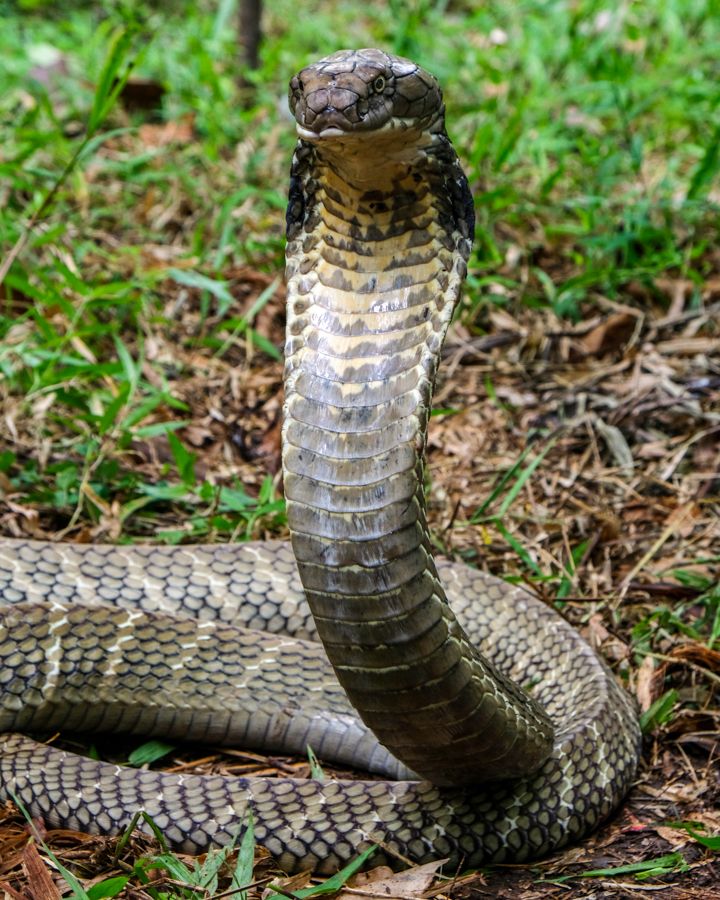Imagine basking under the warm Balinese sun, surrounded by lush greenery and breathtaking vistas. It’s easy to get lost in the beauty of this tropical paradise. However, as you explore the island’s natural allure, a question might snake its way into your mind: Are there snakes in Bali? This inquiry could potentially shift your perspective on outdoor escapades here. Let’s delve into the serpentine world that coexists with the vibrant culture and stunning landscapes of Bali.
First and foremost, yes, there are snakes in Bali. This island, renowned for its balmy beaches and lush jungles, is also home to a variety of reptiles, including several species of snakes. While the thought of encountering a serpent might instill a pang of apprehension, understanding the local snake population can reshape your perception and interaction with the environment.
The snakes you will encounter in Bali can broadly be classified into two groups: non-venomous and venomous. Non-venomous snakes, such as the commonly seen rat snake, are mostly harmless. They play a crucial role in maintaining the ecological balance, primarily by controlling rodent populations. Fear not, for these snakes typically avoid human interaction and prefer to slither away when approached.
On the other hand, Bali is also home to several venomous species, and it’s important to be informed about them to ensure a safe and enjoyable visit. The most notable among these is the king cobra, which is often mistakenly perceived as a common sight. However, sightings are rare, as these majestic snakes prefer remote areas far from human settlements. Other venomous snakes include various species of pit vipers and the banded krait. While these snakes can pose a threat, bites are exceedingly infrequent, thanks to the islanders’ knowledge of their habitats and behaviors.
Snakes in Bali typically inhabit areas rich in vegetation, such as jungles, rice fields, and mountainous regions. Venomous species, in particular, are often found in more secluded spots, far removed from tourist activity. As you traverse vibrant trails and partake in outdoor adventures, it’s essential to stay vigilant and aware of your surroundings. Opt for well-trodden paths and avoid wandering off into dense underbrush, especially during the warmer months when snakes are more active.
But what are the implications of snake encounters during your visit? Understanding the motivations behind their behavior can help you manage your expectations and fears. Generally, snakes are more fearful of humans than we are of them. They are elusive creatures, preferring to retreat than confront. If you happen to cross paths with a snake, the best course of action is to remain calm. Back away slowly, allowing it to meander away from your vicinity. This interaction will often be more memorable than menacing.
Despite occasional concerns about venomous snakes, local customs and practices offer reassurance. Balinese culture holds deep respect for nature, including its reptilian residents. Traditional beliefs often dictate harmonious coexistence with all living creatures, influencing attitudes towards snakes. This cultural inclination fosters a sense of stewardship and encourages safe practices among locals and visitors alike.
For those particularly wary of snakes, there are actionable strategies to minimize encounters. During hikes or excursions in nature, wearing sturdy, high-top boots and long pants can provide a buffer against accidental bites. Additionally, utilizing walking sticks can help disturb the underbrush, allowing snakes ample opportunity to evade. Staying on designated trails is not just beneficial for your safety; it also helps preserve the delicate ecosystems that thrive in Bali.
And let’s not underestimate the value of guides. Engaging the services of knowledgeable local guides can enlighten your explorative endeavors. They possess invaluable insights into the terrain, wildlife, and cultural practices, enriching your adventure and ensuring your safety.
As you navigate your journey, consider the broader ecological significance of snakes. These creatures play an integral role in the ecosystem, acting as both predator and prey. By maintaining the balance within the food chain, they contribute to the overall health of their environment. Realizing this interconnectedness may offer a different lens through which to appreciate these reptiles.
In summary, while the prospect of snakes in Bali may initially ignite a sense of trepidation, it’s pivotal to broaden this viewpoint. By familiarizing yourself with the varieties, behaviors, and cultural attitudes surrounding snakes, you can cultivate an informed, respectful relationship with the natural world. Ultimately, encountering these enigmatic creatures can elevate your Balinese experience, leading to a greater understanding and appreciation of the island’s diverse wildlife.
So, are you ready to embrace the natural magnificence of Bali, snakes and all? In doing so, you not only enrich your own journey but also contribute to the coexistence that Balinese culture deeply cherishes.
